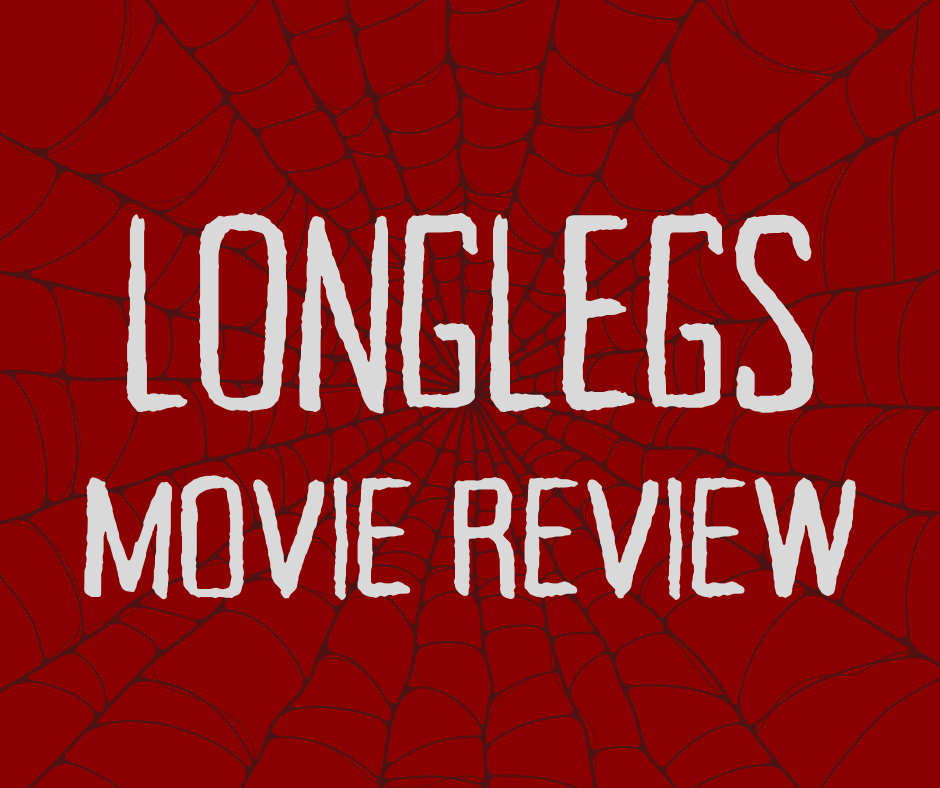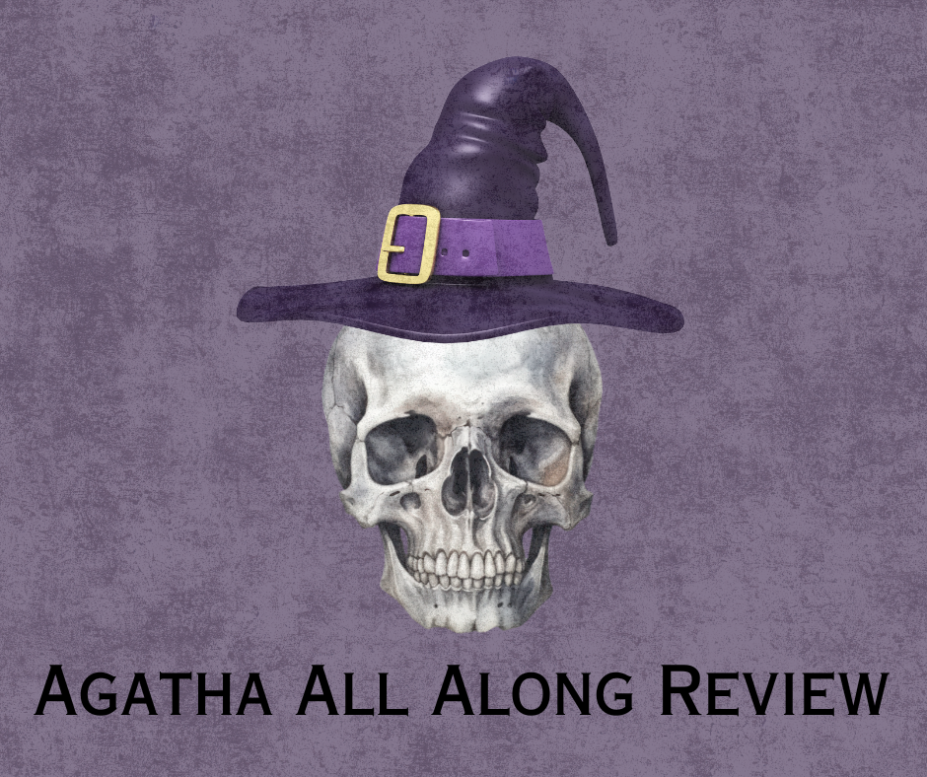In just a few days, J.J. Abrams’ Star Trek: Into Darkness will be released in theaters nationwide. This movie has been in the works since its prequel, Star Trek, was released in 2009; as such, Into Darkness is one of the most highly anticipated movies of 2013, as fans have been waiting a while for this sequel. However, there is a time lapse between the two movies, and Abrams wanted to allow Trekkies to see what happened during this lapse. Thus, two weeks ago, the Star Trek videogame was released.
Being both a gamer and a fan of Abrams’ new Star Trek universe, I was eager to try out the first game adaptation of said universe. Needless to say, the first Star Trek movie has plenty of elements that would make for a good game, provided the game does the movie justice- which, of course, is the all-encompassing question: does this game actually stay true to Abrams’ movies?
The answer, my friends, is a moderate but firm “yes.”
This game has J.J. Abrams written all over it. He actually provided a large amount of input and direction in this game, and it shows; the story has the same mysterious elements and active progression as his movies (assuming Into Darkness is similar to its prequel), and it also does a wonderful job of advancing the character development that started with the first movie. In addition, this game marks the first time in over 40 years of Star Trek media that the lizard-like Gorn are once again villains, and it is the introduction of the Gorn to Abrams’ Trek universe.
Not only do the story and writing make a difference, but each and every character who appears in both the movie and the game are portrayed by the same actor; Chris Pine, Zachary Quinto, Karl Urban, Simon Pegg, Anton Yelchin, Zoe Saldana and John Cho all reprised their respective roles for the game. This combination of authentic storytelling and identical casting ensures an undeniable parity between the movies and this game.
The gameplay itself isn’t exactly special, but it’s still fun. The game combines classic third person “Star Trek shooting” with some platforming and a little bit of puzzle solving. The game can be a little buggy at times; for example, Kirk and Spock can walk through each other (which I find extraordinarily amusing) and the AI are sometimes dim-witted. But these bugs really don’t detract that much from the overall experience.
So, while there’s nothing uniquely ambitous about the gameplay, the solid acting and “Abrams elements” of the story combine to create a flawless transition from the big screen to the interactive medium. If you’re a fan of Abrams’ Star Trek universe, you will no doubt love, or at least like, this game (provided that you make allowances for the occasional glitch). And, if nothing else, the game bridges the gap between the two movies quite nicely.
Is this game worth $60? Probably not. Is it worth getting in general? Sure, especially if you’re into Star Trek. Word of advice: the game is easier when two players are playing, rather than one human player relying on an AI partner with faulty programming.
Star Trek: Into Darkness opens this Thursday, the 16th of May. It will most likely make a lot of money and launch Benedict ![]() umberbatch’s career to soaring new heights.
umberbatch’s career to soaring new heights.






